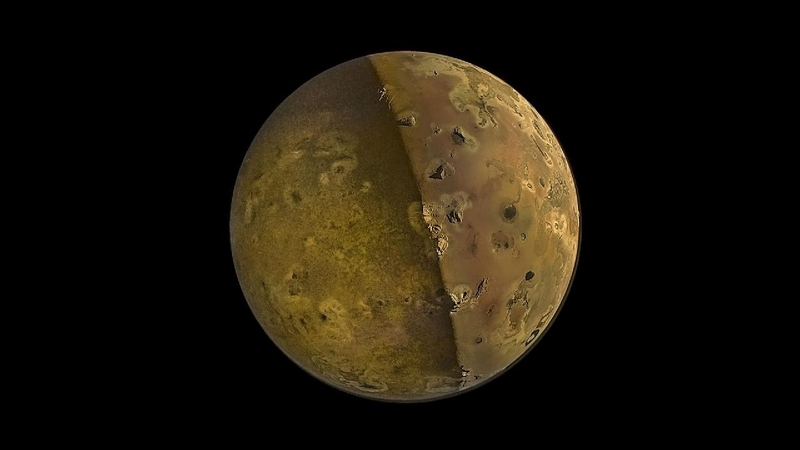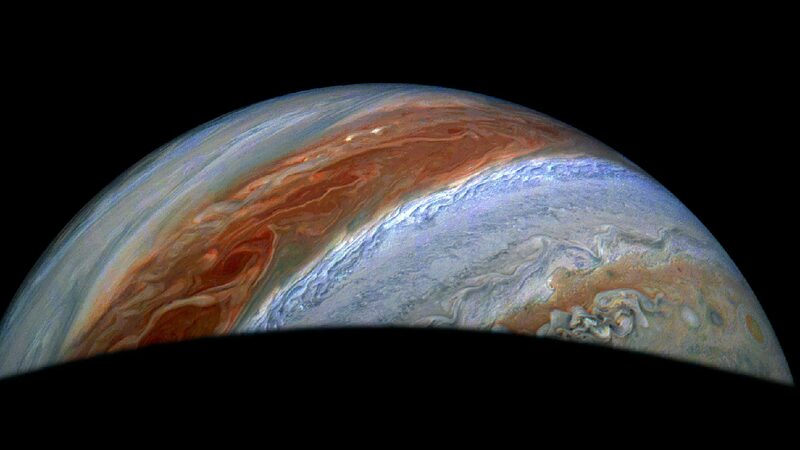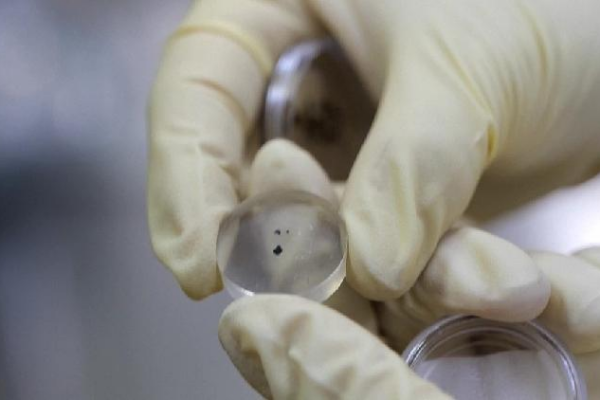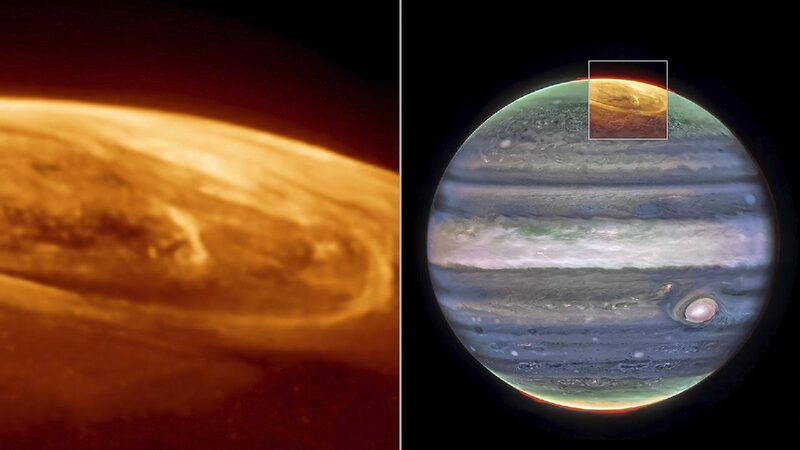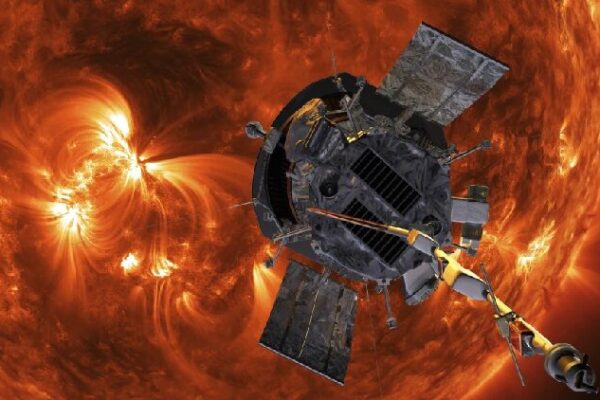NASA’s Juno spacecraft has uncovered groundbreaking insights into Jupiter’s moon Io, the most volcanically active body in our solar system. Contrary to long-held beliefs, Io’s numerous volcanoes are each powered by their own molten magma chambers rather than a single global magma ocean.
This discovery solves a 44-year-old mystery about the internal workings of Io’s fierce geological activity. The findings were announced after Juno’s close flybys of the moon in December 2023 and February 2024, during which the spacecraft came within approximately 1,500 kilometers of Io’s unique, pizza-like surface.
By measuring subtle shifts in Juno’s acceleration caused by Io’s gravitational pull, scientists detected variations indicating that tidal flexing—Io being stretched and squeezed by Jupiter’s immense gravity—does not create a global magma ocean as previously thought. Instead, each volcano is fed by its own localized magma source.
“Juno’s discovery that tidal forces do not always create global magma oceans does more than prompt us to rethink what we know about Io’s interior,” said Ryan Park, lead author of the study and supervisor of the Solar System Dynamics Group at NASA’s Jet Propulsion Laboratory. “It has implications for our understanding of other moons, such as Enceladus and Europa, and even exoplanets and super-Earths. Our new findings provide an opportunity to rethink what we know about planetary formation and evolution.”
This revelation not only enhances our understanding of Io but also reshapes theories about geological processes on other celestial bodies, potentially impacting how scientists search for signs of life elsewhere in the universe.
Reference(s):
NASA's Juno mission uncovers heart of Jovian moon's volcanic rage
cgtn.com
